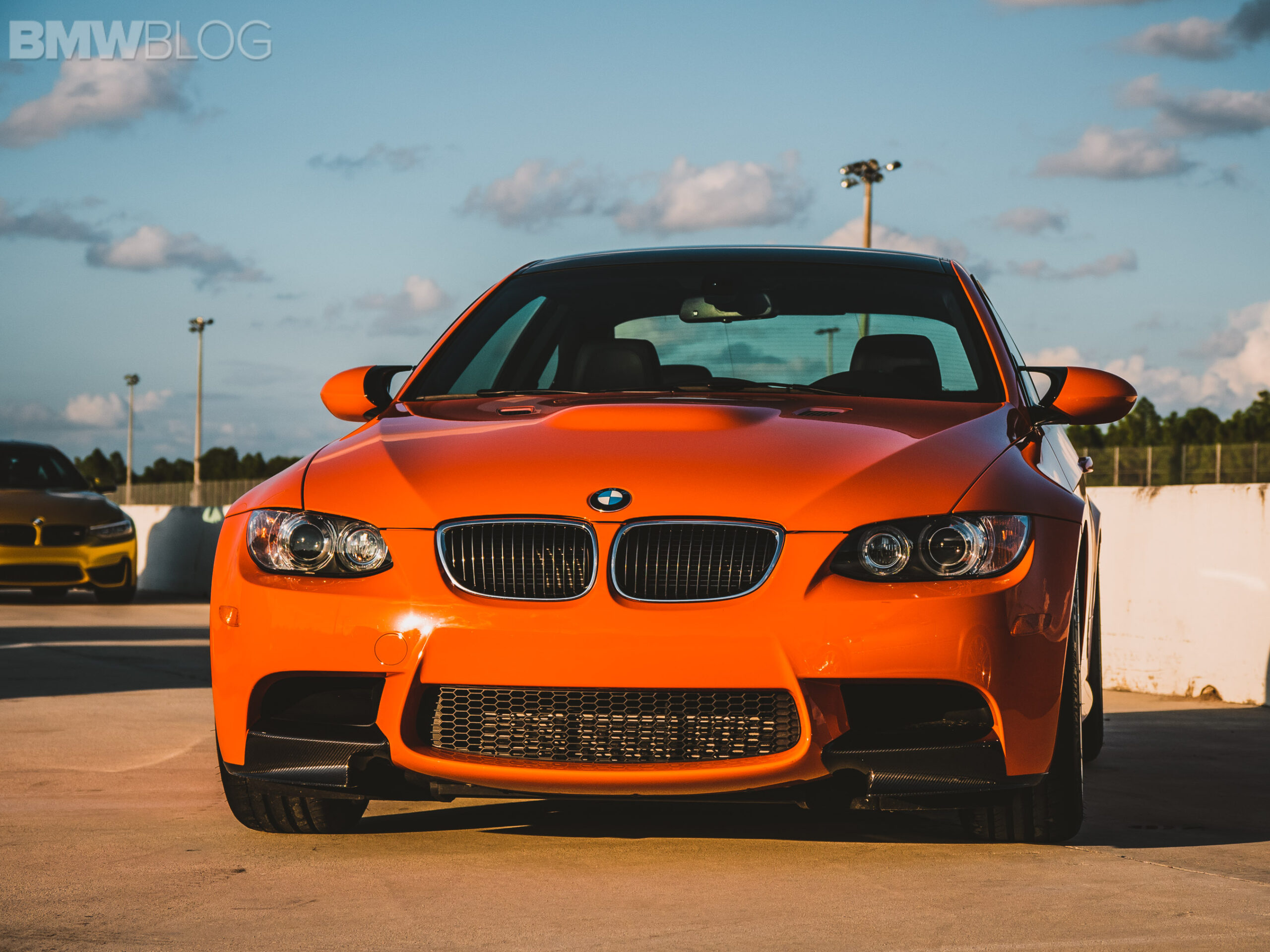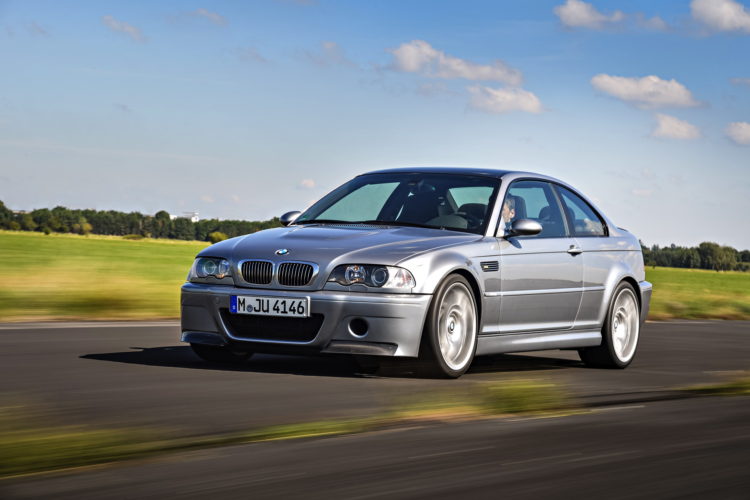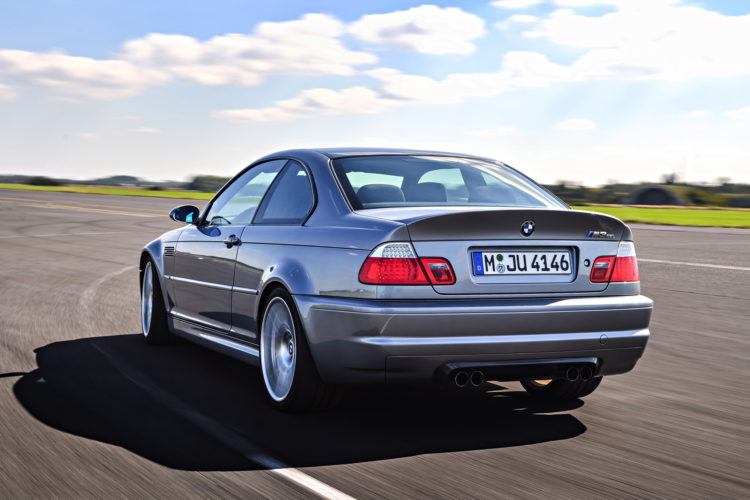Every great artist wants a swan song; one last piece of work that acts as their final triumph. A high note on which to end a successful career. Bowie recently had Blackstar before he died, Nico Rosberg retired after winning the Driver’s Championship and Peyton Manning rode off into the sunset after winning a Super Bowl. Everyone loves a good swan song and we’d love for BMW’s naturally-aspirated inline-six engine to have one as well.
It’s been several years since BMW offered a free-breathing engine in any of its cars. Currently, every single Bavarian vehicle that’s powered by either gasoline or diesel, sports at least one turbocharger. While it’s not just BMW that’s gone fully turbocharged, with almost all premium automakers forcing their induction these days, it’s especially sad for the Bavarians because their N/A I6s were glorious. Which is why BMW should bring just one naturally-aspirated back, one last time, before everything goes electric.
Let’s backtrack a bit, though. The reason almost all moderately powerful vehicles are becoming turbocharged is because of stricter emissions and fuel economy regulations. Turbochargers allow for automakers to make smaller displacement engines as powerful, or more powerful, than larger displacement engines while consuming less fuel and emitting less emissions. Rational thinking says that turbochargers are great because they allow car enthusiasts to have their cake and eat it, too.
However, most car enthusiasts miss free-breathing, naturally-aspirated engines, free of any turbo or supercharger. That’s because N/A engines have more linear powerbands, sound better, have better throttle response and are just more characterful in general. It’s an emotional sentiment, not a rational one. Especially for BMW fans, who had become so accustomed to the glorious noise of fresh-air inline-six engines.
Now, though, those engines are gone. Admittedly, some of the engines that took their place, such as the new B58, are superb. But the largest compliment we can give a new turbocharged engine is that it doesn’t feel turbocharged. So no matter how good forced induction gets, we’re always pining for the good ole days.
It’s only going to get worse, too. Soon, even turbocharged engines will go the way of the Dodo, making way for electrification. Melting icebergs and brown polar bears are causing us to have to rethink our means of transportation and the internal combustion engine will become a casualty of it sooner than later. Which is exactly why BMW needs to bring back an old-school engine before engines die off altogether.
Soon, almost all of BMW’s lineup will be electrified to some extent. Whether it be mild hybrids (MHEV), plug-in hybrids (PHEV) or just full-on battery-electric cars(BEV), most new BMWs will have some sort of electric supplementation. When that happens, the brand’s overall emissions rating will be so good that it will actually be able to offer a fuel-sucking, emissions-polluting, naturally-aspirated engine without hurting its overall rating.
Hell, BMW could do it right now with a very exclusive, low-volume sports car. We know BMW could do it because other brands do it. Audi makes the R8, which uses a 5.2 liter naturally-aspirated V10 for crepes’ sake. Porsche has the 911 GT3 and GT3 RS and Lexus has the LC500, all with free-breathing engines. BMW could do it, with a small-run production sports car.
Of course, BMW wants to keep its green image going and wants to help pave the way for the future. To do so, one shouldn’t really look into the past. So we get that. But before the internal combustion engine dies off and the automotive world becomes fully electrified, the Bavarians should give the naturally-aspirated I6 one last hurrah. Like Peyton Manning walking off the field at Levi’s Stadium for the last time, a Super Bowl champion, the BMW I6 deserves a swan song of its own.







































































